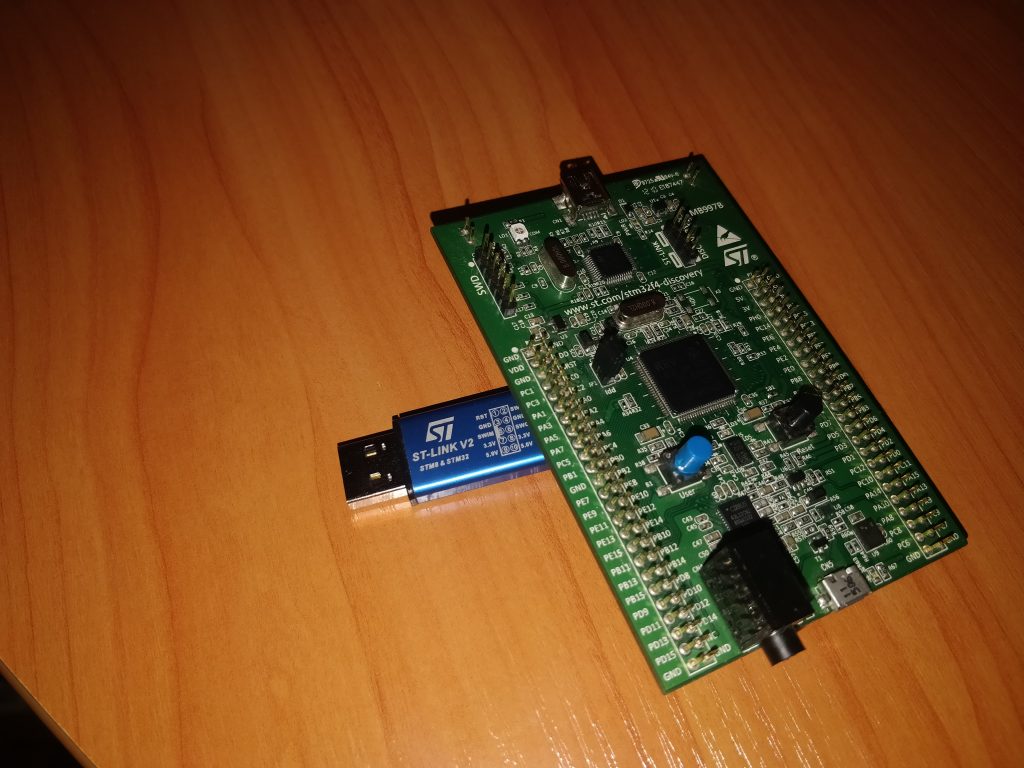Okay, lately I’ve been quite busy routing another killerboard with a friend of mine. With STM32 and Xilinx FPGA on the memory bus. These babies are intended for use in some robots, will post some details later. If I get a chance.
Anyway, the boards arrived, I quickly ported my Xilinx-sscu driver to bare metal and… pooh, it didn’t work.
It took me quite a while poking with an osclilloscope: I adjusted delays, added caps to CLK & DIN lines to remove spikes – same shit. Then I accidentally disabled the oscillator for the FPGA… And guess what – it worked. I enabled the oscillator after config was done – the FPGA started blinking happily. WTF?
Looks like I’ll have to add another wire for toggling oscillator from uC.
No sources or kicad circuitry YET. Just a pic of the board for now, it’s in REALLY early testing stage.



